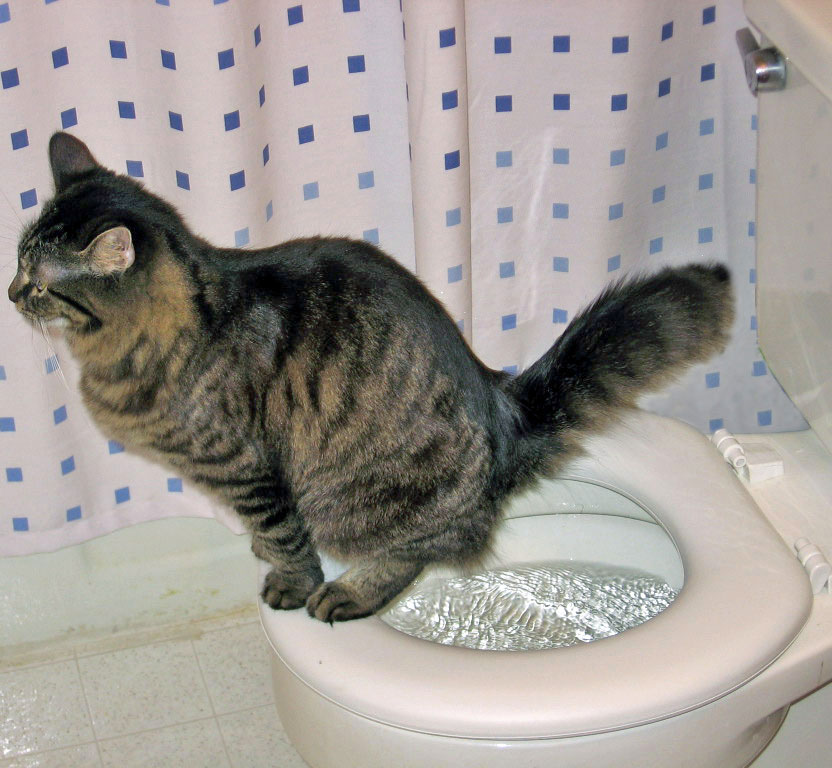When Flushing Animal Waste Down the Toilet Can be Harmful
When Flushing Animal Waste Down the Toilet Can be Harmful
Blog Article
They are making a few great observations regarding Should you flush animal waste down the toilet in general in this post further down.

When it involves disposing of waste, especially animal waste, many people often resort to the convenient alternative of flushing it down the toilet. Nevertheless, this seemingly simple solution can have significant consequences for the atmosphere and public health. In this short article, we'll check out why flushing pet waste down the bathroom is a negative idea and supply different techniques for proper disposal.
Intro
Appropriate waste disposal is essential for maintaining environmental sustainability and public health. While it might appear harmless to purge animal waste down the bathroom, it can bring about numerous issues, both for the atmosphere and human wellness.
Threats of flushing animal waste
Ecological impact
Purging animal waste presents unsafe microorganisms and virus into waterways, which can negatively affect water communities. These microorganisms can infect water sources and injury marine life, interrupting delicate ecosystems.
Public health problems
Animal waste includes harmful germs such as E. coli and Salmonella, which can present serious health dangers to humans. Flushing pet waste down the commode can contaminate water materials, causing the spread of diseases and infections.
Alternatives to flushing
Instead of purging pet waste down the toilet, there are several different disposal methods that are much more eco-friendly and hygienic.
Composting
Composting pet waste is an environment-friendly way to deal with it. By composting, organic matter is broken down right into nutrient-rich soil, which can be used to fertilize gardens and plants.
Landfill disposal
Taking care of animal waste in a land fill is an additional alternative. While not as eco-friendly as composting, it is a much safer choice to flushing, as it prevents the contamination of water sources.
Animal waste disposal systems
There are customized pet waste disposal systems available that safely and hygienically deal with animal waste. These systems commonly use enzymes to break down waste and remove smells.
Steps to appropriate animal waste disposal
To make certain correct disposal of animal waste, follow these actions:
Scooping and bagging waste
Regularly scoop and bag pet waste making use of eco-friendly bags. This prevents waste from infecting the atmosphere.
Utilizing designated waste containers
Dispose of bagged animal waste in designated waste bins, such as garden compost containers or garbage dump containers. Stay clear of flushing it down the bathroom whatsoever prices.
Cleaning up can and pet areas on a regular basis
Consistently clean litter boxes and pet dog locations to prevent the buildup of waste and germs. Usage pet-safe cleansing items to preserve hygiene.
Benefits of correct disposal methods
Adopting proper disposal approaches for animal waste offers several advantages:
Lowered environmental pollution
Correct disposal techniques reduce the risk of environmental pollution, safeguarding rivers and ecological communities from contamination
Minimized threat of water contamination.
By preventing flushing pet waste down the toilet, the danger of water contamination is substantially minimized, safeguarding public health.
Enhanced hygiene and hygiene
Proper disposal methods promote much better hygiene and health, producing a safer environment for both people and pets.
Verdict
Finally, flushing animal waste down the toilet is unsafe to the environment and public health. By taking on different disposal techniques and following appropriate waste administration methods, we can minimize the negative influence of animal waste and contribute to a cleaner, healthier earth.
What To Do With Dog Poo – The Do's And Don'ts Of Disposing Of Faeces
Dog poo bins
Some councils provide dedicated dog waste bins in popular dog-walking areas that can take dog poo that has been bagged but you can legally dispose of dog waste in any public litter bin, as long as it is securely bagged. This also applies to your wheelie bin at home.
Do not flush
Water companies do not recommend flushing dog faeces down the toilet because certain parasites can survive the water processing treatment and are potentially harmful to humans. You should also never consider flushing dog poo that has been bagged down the toilet as the bags will not break down and instead create severe blockages in the sewage system.
In the woods
The Forestry Commission promotes a ‘stick and flick’ method for dealing with waste in the woods. This means finding a stick and using it to flick any poo from off the path so that it is out of the way of other walkers. You could also bury it as long as it is not in an area where there might be livestock.
Livestock
Parasites found in dog poo can be transmitted to livestock if they inadvertently eat infected faeces that has been left on grazing land. This could result in the death of sheep or abortion in cattle so you should always make sure you pick up your dog’s waste in fields where livestock could be present.

As an enthusiastic person who reads on Why you should never flush dog poop down the toilet, I imagined sharing that piece of writing was important. Liked our content? Please quickly share it. Help somebody else find it. Thank-you for going through it.
Website Report this page